Electric vehicles (EVs) have come a long way in recent years, but the push for sustainable transportation isn’t new. Decades before EVs became mainstream, several obscure models laid the groundwork for the technology we rely on today. These early vehicles were often experimental and ahead of their time, offering innovative designs and features that shaped the future of electric mobility. While many of these cars didn’t gain widespread attention, their contributions to the EV movement remain significant. Here, we explore some of the lesser-known electric vehicles that paved the way for modern electric transportation.
GM EV1
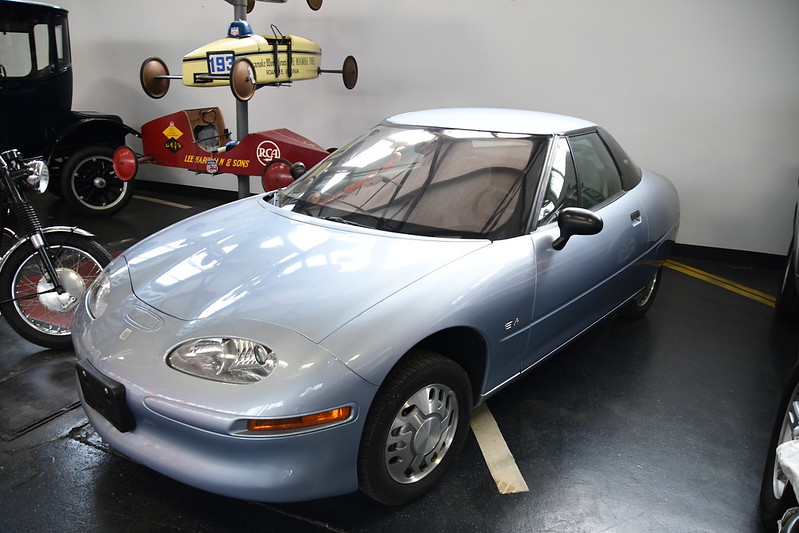
The GM EV1, released in 1996, was a groundbreaking electric car that gained a cult following. It featured a sleek, aerodynamic design and had a range of around 100 miles on a single charge. Though loved by its users, GM controversially recalled and destroyed most of the vehicles, claiming there wasn’t sufficient market demand. The EV1 showcased advanced technology, including regenerative braking and lightweight materials, long before these features became mainstream. Its legacy remains pivotal in shaping the future of electric transportation.
Citroën Berlingo Electrique

Launched in the mid-1990s, the Citroën Berlingo Electrique was a commercial vehicle that catered to urban deliveries. It offered a modest range of 60 miles, ideal for short trips within cities. This practical van was one of the first electric vehicles specifically targeting businesses needing eco-friendly transportation. Despite its limited popularity, the Berlingo Electrique laid the groundwork for modern electric delivery vans. The vehicle’s efficiency and practicality were seen as ahead of its time in the commercial EV space.
Henney Kilowatt
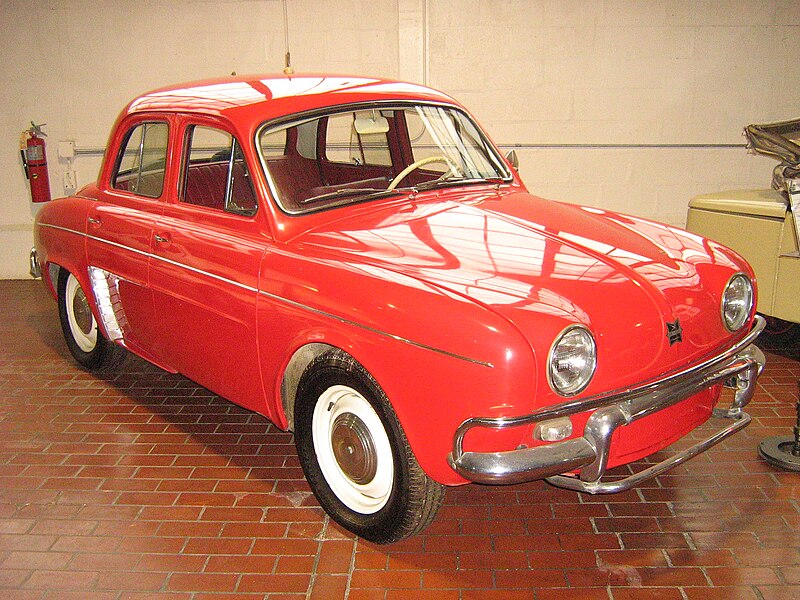
The Henney Kilowatt debuted in 1959, making it one of the earliest electric cars designed for public use. Based on the Renault Dauphine, it featured a compact design with a top speed of around 60 mph. Although only a handful were produced, the Kilowatt set the stage for electric car concepts in a time dominated by gas-powered vehicles. Its electric motor and battery setup were primitive by today’s standards but represented significant innovation during its time. It foreshadowed the viability of electric personal transportation.
Ford Ranger EV
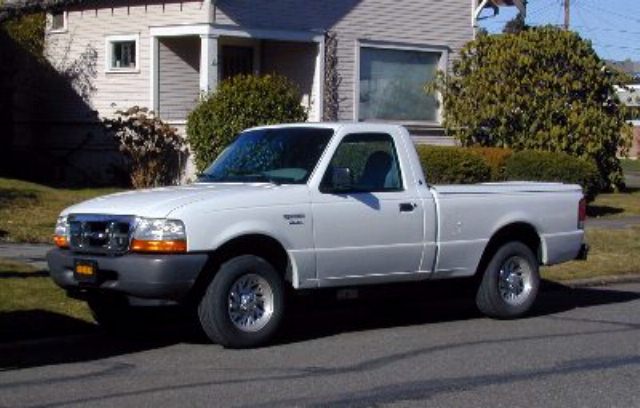
The Ford Ranger EV, introduced in the late 1990s, was an electric pickup that utilized nickel-metal hydride batteries. With a range of around 75 miles, it offered a glimpse into electric utility vehicles decades before they became commonplace. Ford produced the Ranger EV as part of a larger initiative to explore electric mobility, yet production was limited. Despite its early departure from the market, this electric truck was a pioneering step toward the development of today’s electric pickups. Its functionality combined with clean energy remains a concept ahead of its era.
Sinclair C5
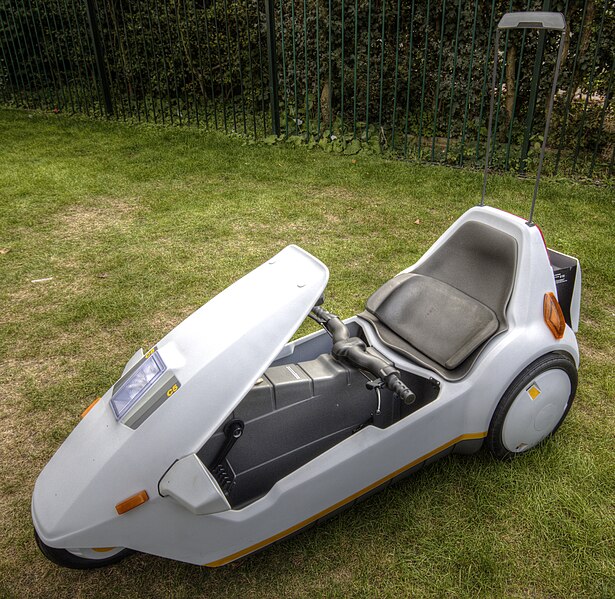
The Sinclair C5, released in 1985, was a small, electric, pedal-assisted vehicle designed for short urban commutes. Its quirky design, resembling more of a tricycle than a car, captured public attention but failed commercially due to safety and performance concerns. Despite its limitations, the C5 was an innovative attempt to introduce electric-powered micro-mobility. The vehicle had a top speed of 15 mph, ideal for city travel, though its lack of weather protection was a major drawback. Today, the C5 is remembered as an ambitious but flawed project in the electric vehicle timeline.
Think City
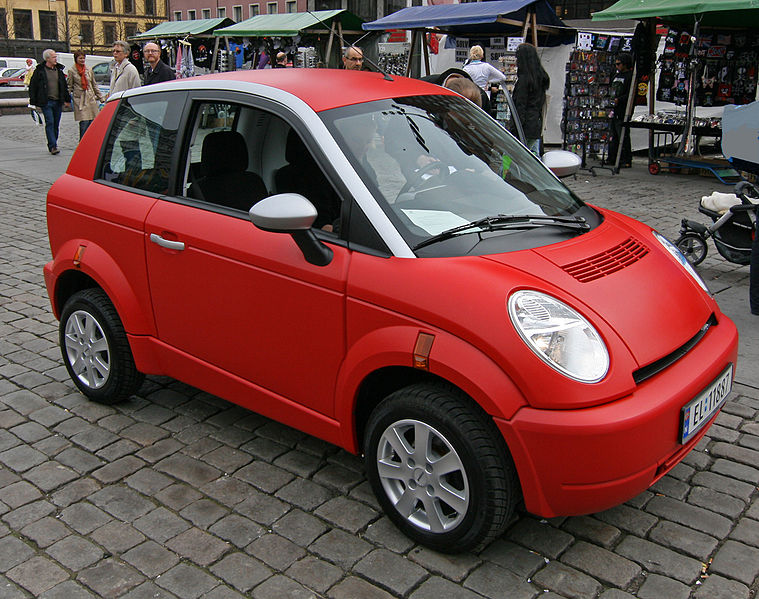
Produced in Norway in the late 1990s, the Think City was a compact EV designed for urban environments. With a range of up to 100 miles and a top speed of around 60 mph, it was perfect for city driving. Despite its eco-friendly credentials and practicality, the Think City struggled to gain widespread acceptance. Financial issues and a limited charging infrastructure contributed to its downfall. However, its design and purpose-driven ethos were ahead of their time, paving the way for today’s urban electric cars.
Venturi Fetish
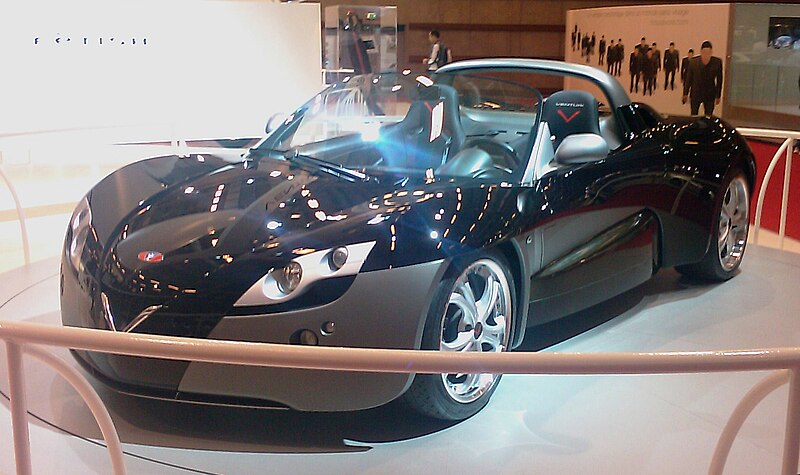
In 2004, the Venturi Fetish became one of the world’s first electric sports cars. Its unique design and impressive performance capabilities, including a top speed of 100 mph, captured the attention of EV enthusiasts. With only a limited number produced, the Fetish was more of a showcase vehicle than a mass-market product. The car was a symbol of what electric sports cars could achieve, highlighting luxury and performance. Though obscure, it demonstrated that electric vehicles could be powerful and exciting, a concept now widely accepted.
Zagato Zele
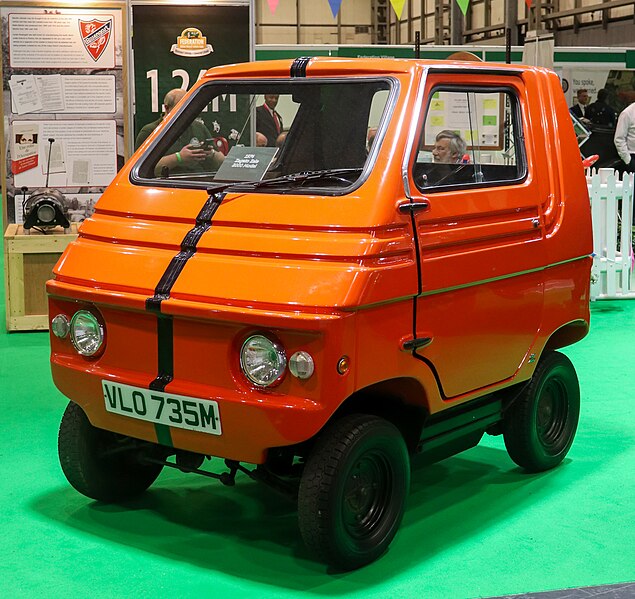
The Zagato Zele, launched in the 1970s, was a tiny electric car produced in Italy by the famed design house Zagato. It featured a fiberglass body and had a range of around 50 miles, making it suitable for city use. With its quirky aesthetics and compact design, the Zele was a daring departure from traditional car styles of the time. Despite its obscure status, the Zele was one of the first cars to offer an electric alternative for urban commuting. Its vision of electric city cars is now echoed in modern EV designs.
Tesla Roadster (2008)
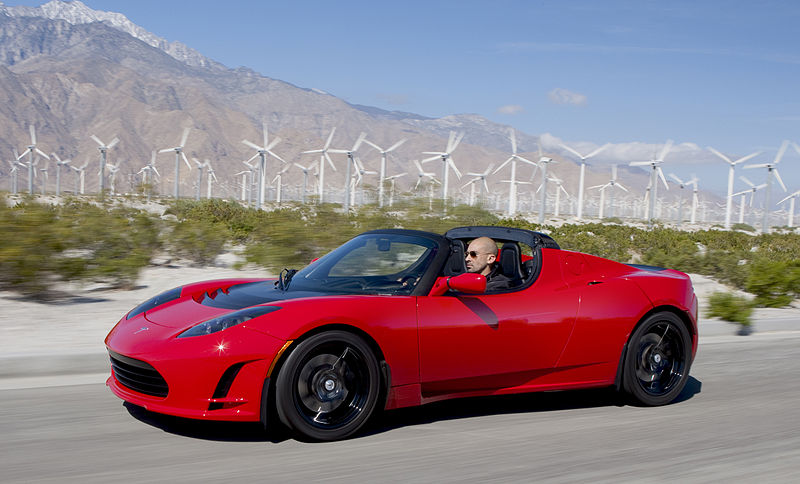
The Tesla Roadster may not seem obscure now, but when it launched in 2008, it was a radical departure from traditional electric cars. Built on a Lotus Elise chassis, the Roadster offered impressive acceleration and range, with a groundbreaking 244 miles per charge. It changed the perception of electric vehicles, showing that they could be fast, stylish, and fun to drive. This car set the stage for Tesla’s success and the broader EV movement. While Tesla is now mainstream, the original Roadster remains a landmark in electric car history.
Sebring Vanguard CitiCar
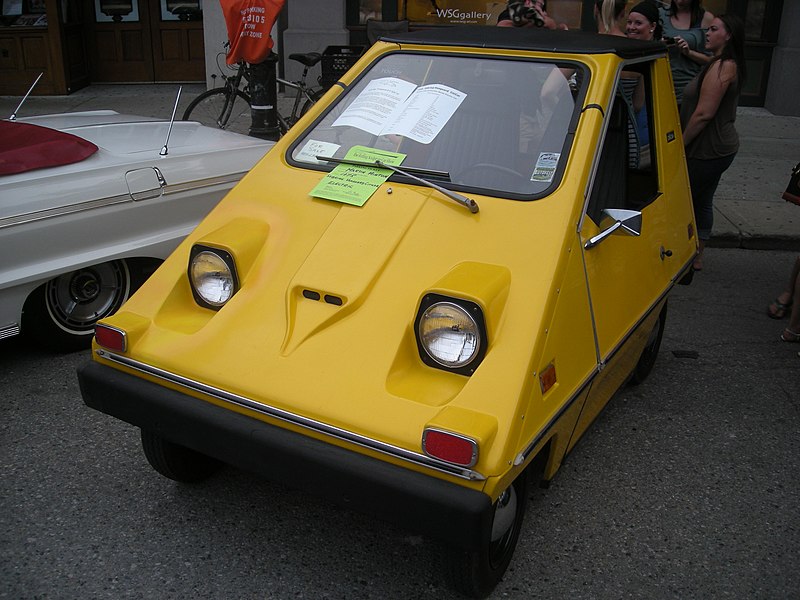
Produced in the mid-1970s, the Sebring Vanguard CitiCar was an early electric city car designed to address the energy crisis. Its wedge-shaped body and simplistic design stood out among gas-guzzling vehicles of the time. With a range of about 40 miles, it wasn’t the most practical but certainly innovative for its day. The CitiCar emphasized the potential for smaller, more efficient urban electric vehicles. Though it never became a household name, it inspired later developments in electric transportation.
Electricar

Introduced in 1966, the Electricar was an experimental vehicle designed to showcase electric power for everyday commuting. This compact car had a top speed of 50 mph and a range of about 60 miles. Its primary market was urban drivers looking for an alternative to gasoline. Though it never gained widespread use, the Electricar was a glimpse into a future of cleaner urban transport. Its forward-thinking concept was later realized in more sophisticated electric cars.
Honda EV Plus
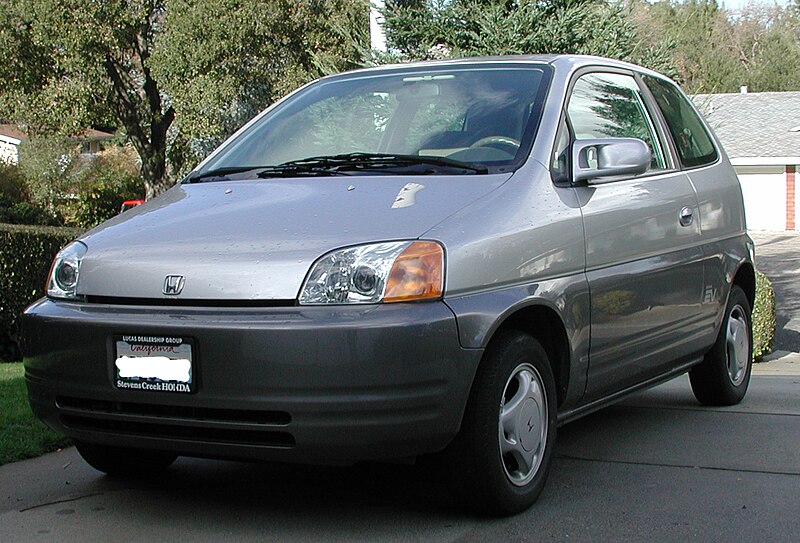
Honda’s EV Plus, released in the late 1990s, was one of the first electric vehicles offered by a major automaker. The car featured a nickel-metal hydride battery with a range of 80 to 100 miles, and it targeted environmentally conscious drivers. Despite its limited production, the EV Plus was crucial in demonstrating the viability of electric vehicles for daily use. Honda’s early commitment to EV technology positioned it as a pioneer in the automotive world. The EV Plus set the foundation for Honda’s future electric offerings.
Pivco City Bee
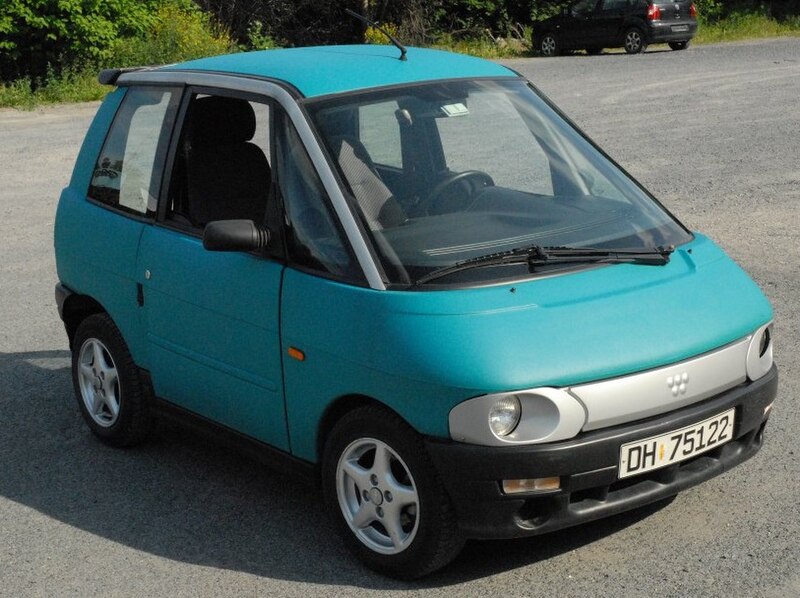
The Pivco City Bee was a small, Norwegian-built electric car that debuted in the 1990s. Its lightweight, all-electric design made it a perfect choice for urban driving, with a range of around 60 miles. Although production was limited, the City Bee was a precursor to many of today’s electric city cars. Pivco’s innovation was in recognizing the need for compact, sustainable transportation solutions. The vehicle’s influence can be seen in modern city-focused electric vehicles like the Smart Fortwo.
Battronic Delivery Van
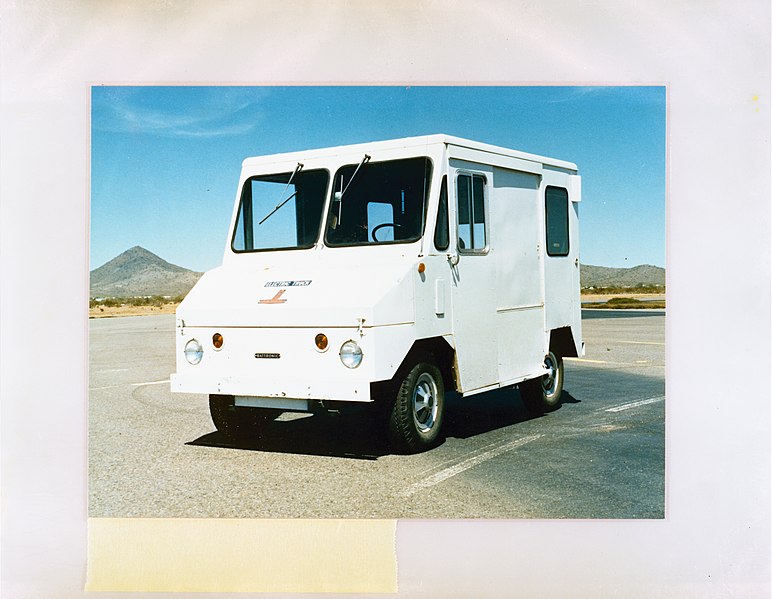
The Battronic Delivery Van was an all-electric vehicle produced in the 1960s for short-distance commercial deliveries. Designed to reduce pollution in urban areas, it had a range of around 40 miles. Although it didn’t revolutionize the delivery industry, it introduced the concept of electric-powered cargo transport. Its vision of reducing emissions through electric deliveries is now common practice with companies like Amazon and UPS exploring electric fleets. The Battronic was clearly ahead of its time in thinking about clean commercial transport.
Toyota RAV4 EV (First Generation)
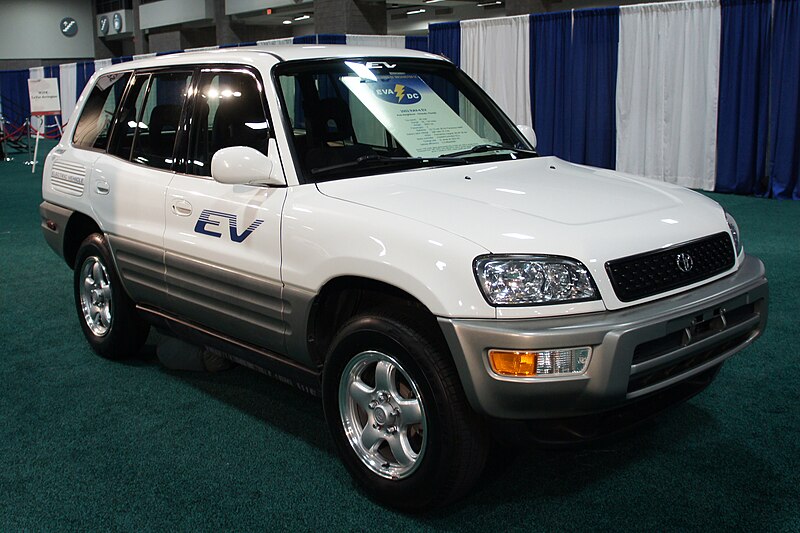
The first-generation Toyota RAV4 EV, released in the late 1990s, was a fully electric version of the popular SUV. It was developed as part of California’s Zero Emission Vehicle mandate and had a range of around 100 miles. The RAV4 EV offered utility in an electric package, something relatively unheard of in its time. Despite its practical design, limited charging infrastructure hindered its widespread adoption. Nonetheless, it paved the way for electric SUVs, a category now thriving with numerous options.
This article originally appeared on Rarest.org.
More From Rarest.Org
Arcade games hold a special place in gaming history, evoking nostalgia for the golden age of video games when players lined up to test their skills on classic machines. Today, these iconic games have become highly sought-after collectibles, prized by enthusiasts who cherish the memories and cultural impact they represent. Read more.
History often celebrates the famous explorers who discovered new lands and charted unknown territories, but many courageous adventurers remain overlooked despite their significant contributions to our understanding of the world. These explorers ventured into uncharted regions, enduring immense challenges to map the unknown and expand our horizons. Read more.



